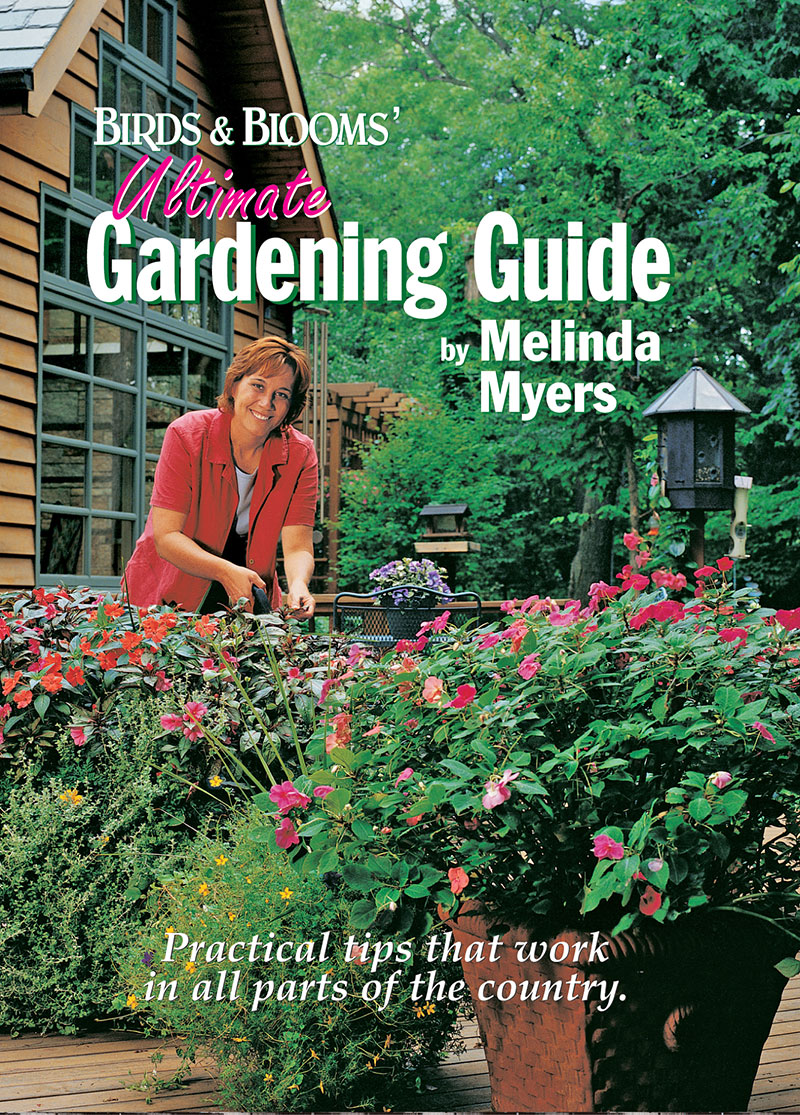Rotating Plantings in Gardens and Flower Beds
As you plan and plant your annual flower and vegetable gardens, consider rotating your plantings for greater success.
This centuries’ old technique involves changing the location of plantings in the garden each year. Rotation reduces the risk of insects and diseases building up in the soil and damaging your plants.
Extending the time for planting back in the original location for 3 to 4 years provides even greater results.
Rotate out of family as well. For example, tomatoes, peppers, and eggplants are all related and susceptible to many of the same pests. So grow onions, beans or another non-related plant in their space the following year. Do this with all your plantings, both vegetables and flowers, to maximize the benefits of this technique.
A bit more information: No room to rotate plantings? Keep the soil healthy with the addition of compost and organic mulches. Healthy soil grows healthy plants that are better able to tolerate insect and disease problems. If problems persist, consider rotating into containers.
Related

Audio

Audio

Article

Audio
Categories
Upcoming Live Events
& Webinars
April 20, 2024
Pruning Hydrangeas and Other Shrubs
Pasquesi Home & Gardens, Lake Bluff, IL
April 27, 2024
Ridges & Rivers Book Festival
Viroqua, WI
April 28, 2024
Flowering Trees and Shrubs
Ebert's Greenhouse Village, Ixonia, WI
May 1, 2024
FREE WEBINAR
Ornamental Fruits and Vegetables
Register now
May 4, 2024
Garden U 2024
New Richmond, WI
Register now
May 9, 2024
FREE WEBINAR
How to Plant Your Rain Garden
Register now
May 11, 2024
Ask The Plant Doctor Q & A
Ebert's Greenhouse Village, Ixonia, WI
May 12, 2024
Ask The Plant Doctor Q & A
Ebert's Greenhouse Village, Ixonia, WI
May 18, 2024
Ask The Plant Doctor Q & A
Ebert's Greenhouse Village, Ixonia, WI
June 1, 2024
Selecting, Planting, Pruning and Caring for Hydrangeas
Ebert's Greenhouse Village, Ixonia, WI
June 5, 2024
FREE WEBINAR
Under-Appreciated Pollinators
Register now
WATCH ON-DEMAND WEBINARS
Learn More
















